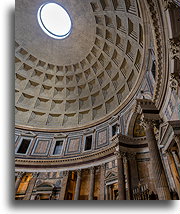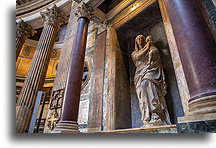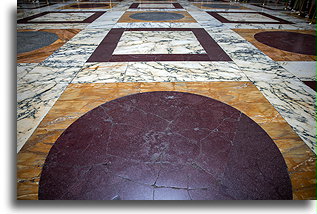The present-day Pantheon dedicated around AD 128 stands on the site of an earlier structure constructed around 25 BC by statesman Marcus Agrippa. We can read his name in the Latin inscription above the entrance to the temple. It was a temple consecrated to all Roman gods. From the 4th century Pantheon in Rome fell into decline. It was not until 609, when Pope Boniface IV decided to convert pagan temple into a Christian church.
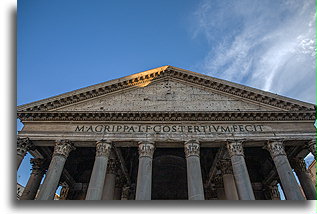
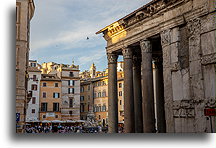
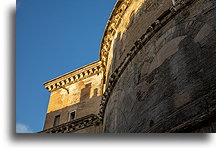
The height from the floor to the oculus and the diameter of the inner circle are the same, so an imaginary sphere would fit perfectly inside the building. The ancient architect paid special attention to the relationship between the different dimensions of the building, thus inspiring many to create similar buildings around the world. Take a look at the Jefferson Monument in Washington DC, USA, the Rotunda of Mosta, Malta, or Temple of the Sybil at the Czartoryski Palace in Poland. These are just a few of countless examples.
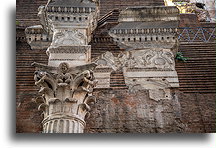
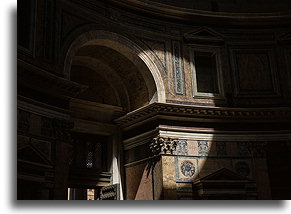
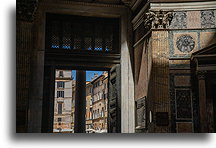
The oculus at the top of the dome is open so that daylight illuminates the interior and rain falls through onto the floor. The ancient floor in the Parthenon is covered with polychrome marble. The red parts come from Egypt, the white with blue spots from Asia Minor, and the red-veined yellow marble from present-day Algeria. The entire floor has a concave center and a drainage system underneath to drain rainwater.
